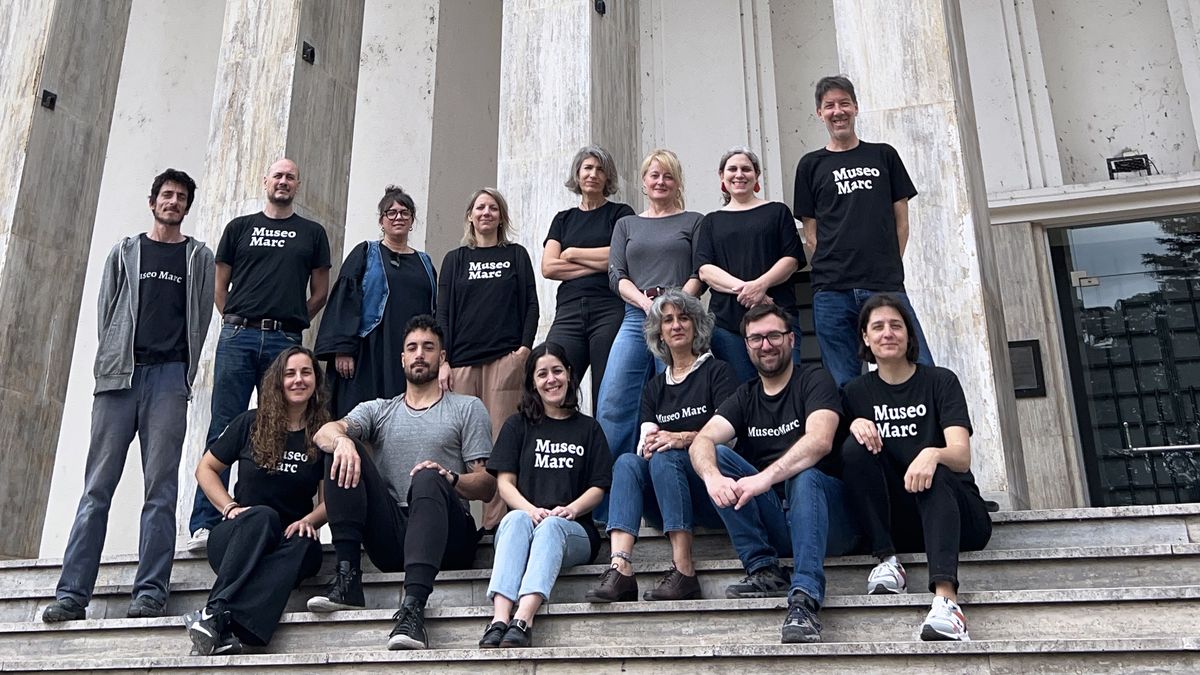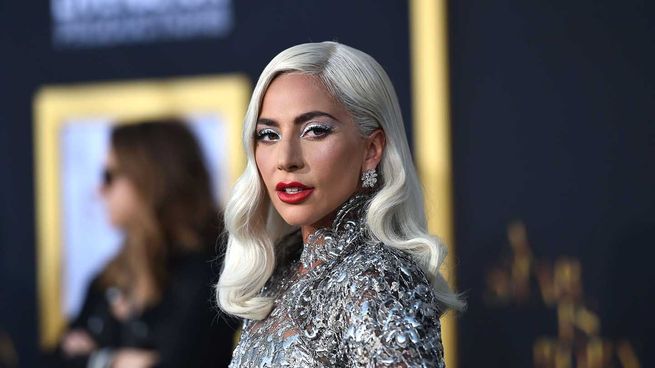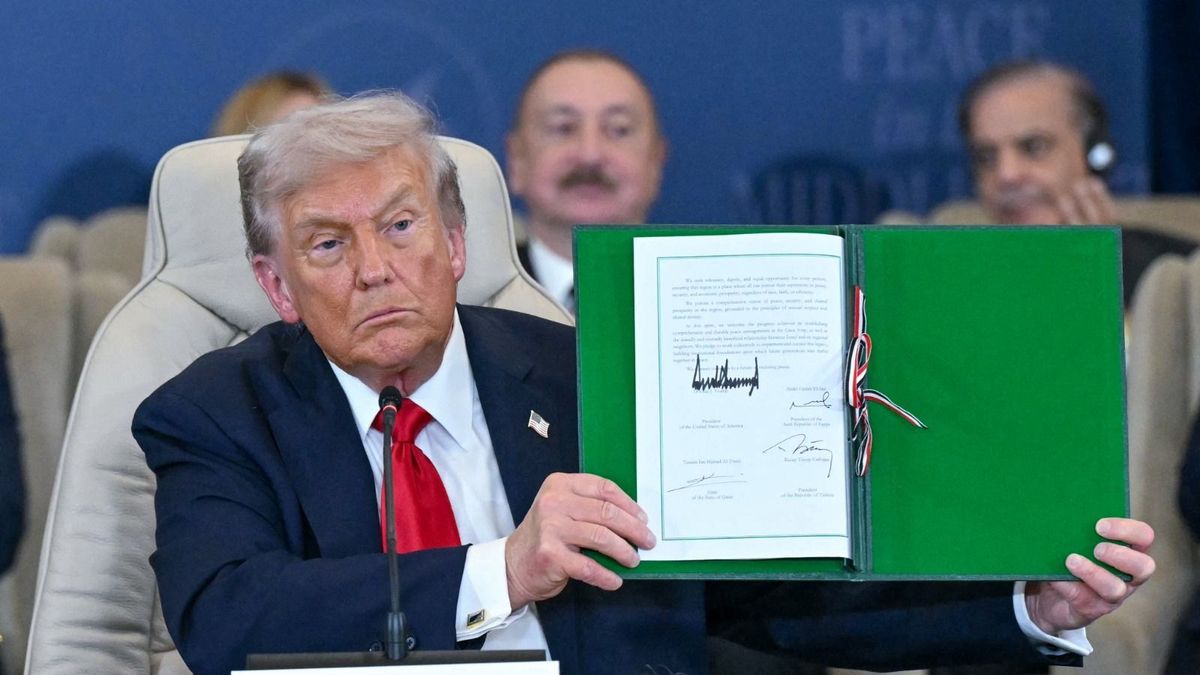“War is a big mess” is the title of the latest project of the Provincial Historical Museum of Rosario Dr. Julio Marc. The colloquial title is contrasted by the complexity of the topic: the horror of the Chaco War in the 1930sone of the cruelest war episodes in South America.
At the Rosario Museum they celebrate the scholarship they just won to present the exhibition. The proposal was chosen among more than 2000 applications, in the second edition of the Ama Amoedo Foundation. This support is celebrated by the governor of Santa Fe, Maximiliano Pullarowho committed his contribution; the Marc public; its director, the historian Pablo Montini and his team. Right there, they are photographed on the steps of that marvel of Santa Fe architecture, to remember the moment, in the Museum building that he built. Angel Guidocreator of the Flag Monument.
Just when Argentine society expresses the desire to look back and understand the weight of history, the scholarship arrives. And it must be recognized that the Mark complies in an exemplary manner with the educational work that museums have been demanding for decades. It is a living museum. It is enough to see on the networks the success of the posts where the story is disseminated, to corroborate why it stands out among the country’s cultural institutions.
With this scholarship, Marc will be able to finance the deployment of four exhibitions aimed at knowing in depth and discovering the true tragedy of the Chaco War. In the application to obtain the scholarship, the plan for the four samples and the use that will be given to the $10,000 that has just been won is clearly detailed.
There are accounts of payments for the production of works, fees, transfers and travel expenses for curators and artists from Paraguay, Bolivia and Argentina. Some, contemporary and willing to talk about the indelible consequences that the War between Paraguay and Bolivia has left, on the limits of Argentina and that last to the present.
In the documentation area, the Marc collection has the photographic and documentary chronicle made by the Rosario doctor Carlos de Sanctis during the Chaco War. The educational and communication departments are very active. And to go back in time and tell the story of that War, conferences and activities will be added to the screening of documentaries and films. (Otherwise, people walk past things and see nothing.) The dramatic issue of the rights of children in armed conflicts will be put on the table.
The proposal of a memorable exhibition fits like a glove with the aspiration of Ama Amoedo Foundation: provide visibility to Latin America and, with special emphasis, to South America. “The Foundation is proud to advance the projects of fellows by providing them with visibility and resources to amplify their work on a larger scale”they report.
The scholarships arose to enhance the work of artists and institutions and facilitate their access to new audiences. And in the case of Marc, the open interest in conquering young people is evident, visible in the always “pedagogical” dialogues on the networks and in the presentation of parties and recitals.
The Foundation highlights its intention to incorporate the diversity of artistic voices and perspectives from the south of the continent. It seeks the possibility of promoting a broader look at the different artistic scenes that are characterized, precisely, by their diversity. The applicants for the 2024 scholarship came from more than 50 countries around the world, some distant and unimaginably interested in the study of Latin American art.
The jury that selected 10 projects was made up of the curators Roxana Fabius, Pablo Lafuente (artistic director of the Museum of Modern Art of Rio de Janeiro), Nancy Rojas (Malba) and Laura Hakel (Amoedo Collection and Artistic Projects in the region). The scholarships include four categories: Artists, Art and Social Commitment, Organizations and Publications.
“We observe with interest that many of the projects selected in this edition emerge and are inscribed in their local scenes, encouraging procedures of circulation, historical review and community strengthening in the field of visual arts”point out the also various members of the jury.
Access the scholarship Alejandro Cruz (Uruguay), Clara Esborraz (Argentina), Ana Maria Montenegro (Colombia), Davi Pontes (Brazil), the Tele Art Institute (Chili), Marc Museum (Argentina), Art and Social Commitment Aldeia-Escola Floresta (Brazil), Trans Memory Archive (Argentina), the publication “The Flasherito” (Argentina) and Claudia Martínez Garay (Peru).
Source: Ambito




